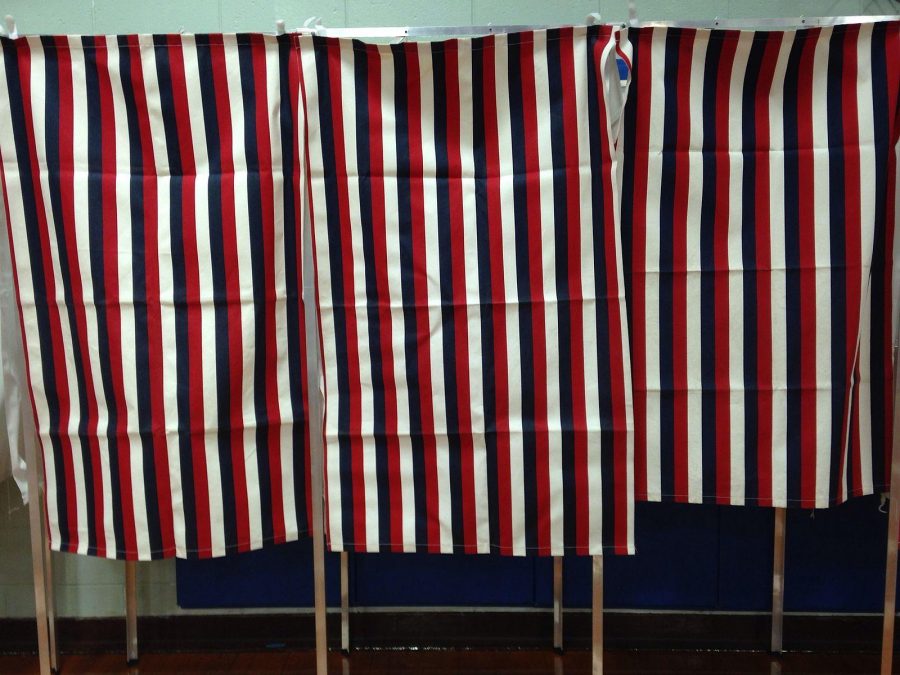With the presidential election of 2016 fast approaching, discussion among Tam students and Americans all over the country has been overtaken by the outspoken, media-dominating impromptu GOP candidate Donald Trump. Trump has drawn the attention of millions of formerly politically-oblivious Americans, proclaiming his plan to “make America great again” through a barrage of controversial outbursts that have resulted in a constant stream of unrelenting media coverage.
With so many different media outlets covering the GOP and Democratic candidates, and Trump in particular, it can be difficult to discern exactly what each candidate truly represents. While the candidates attempt to construct images of themselves through speeches, interviews and rallies, media outlets that may have a particular political allegiance, or who lazy, unskilled, or are simply trying to attract viewers, twist the facts at precisely the same time when they fail to fact-check or provide adequate context for the stories they cover. With such a wealth of unreliable reporting and false information present in modern media, where do we turn as we attempt to develop opinions about the candidates we will be voting for in 14 months?
This issue features a profile on Tam teacher-turned 2016 congressional candidate Preston Picus. Picus’s campaign brings to light the need for voters to educate themselves about exactly who they decide to vote for – as Picus’s campaign demonstrates, there are a wealth of options, as far as candidates, beyond mainstream Democrats and Republicans. It’s necessary that we take time to educate ourselves about the spectrum of potential candidates, so that our elected officials best represent our interests. This idea rings especially true for many of Tam’s current juniors and seniors, for whom the 2016 presidential election represents their first opportunity to vote. As we attempt to choose our president we will each undoubtedly feel overwhelmed at some point by the variety of opinions flying at us from news outlets, the candidates themselves, and our parents.
Recognizing who is telling the truth and who is being specious is especially difficult during a presidential election. As we seek information about the candidates we will be voting for, it is imperative that we look for unbiased, factual sources that show candidates objectively – not in the light that they would like to be seen, or that in which their party would like them to be seen, or in the light that a group of wealthy donors would like them to be seen – so that we can analyze true facts as we form our opinions about those who will soon be running our country. Above all, we must not get our information from sources that rely on shock factor, cheap thrills, and visceral audience reaction in order to draw viewers.
Good journalism minimizes bias. Good journalism is not packaged for shock factor. Good journalists don’t need a photoshopped image of the GOP candidates with their shirts off, captioned by the headline “FIGHT NIGHT, Round Two” in an attempt to alert their readers of the upcoming second GOP debate (the New York Daily News’s politics homepage featured just such a story on September 15).
News outlets such as the New York Times, the Wall Street Journal and the Harvard University-run website journalistsresource.org (which compiles unbiased news reporting from all over the world) all offer reporting that has largely succeeded for years at providing the public with unbiased accounts of exactly how political candidates conduct themselves. We recommend that potential voters turn to these resources in the coming months.
EDITORIAL: Know Your News
By Tam News Staff
♦
Sep 21, 2015
0


